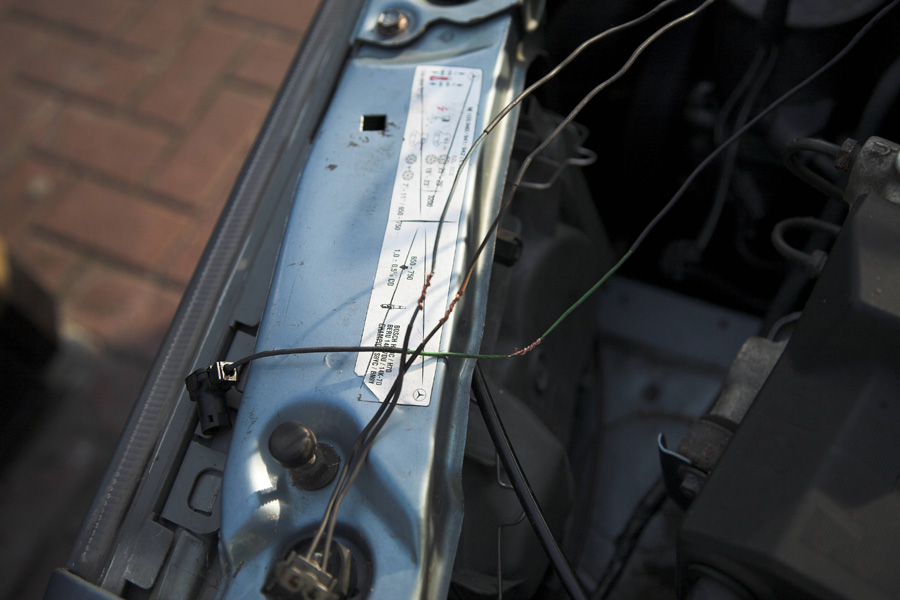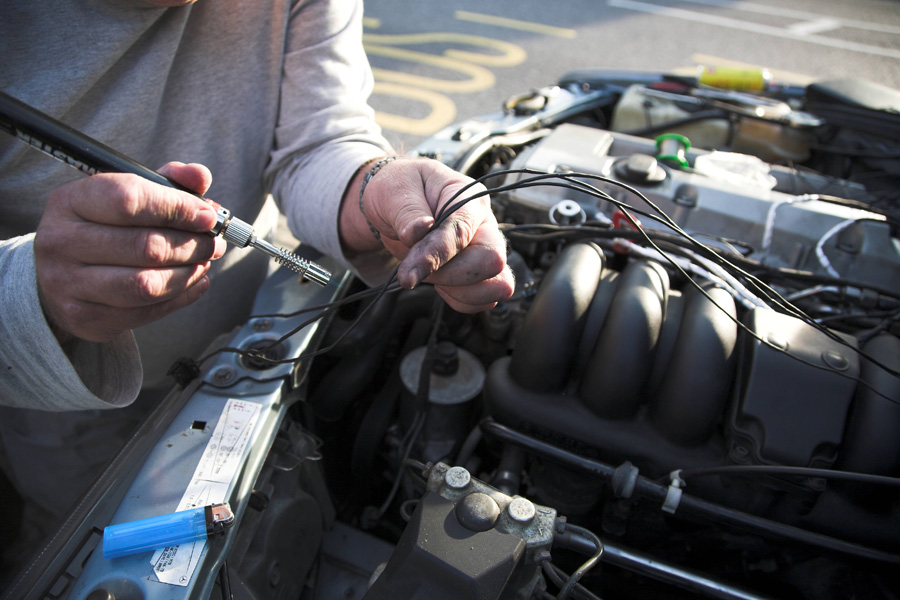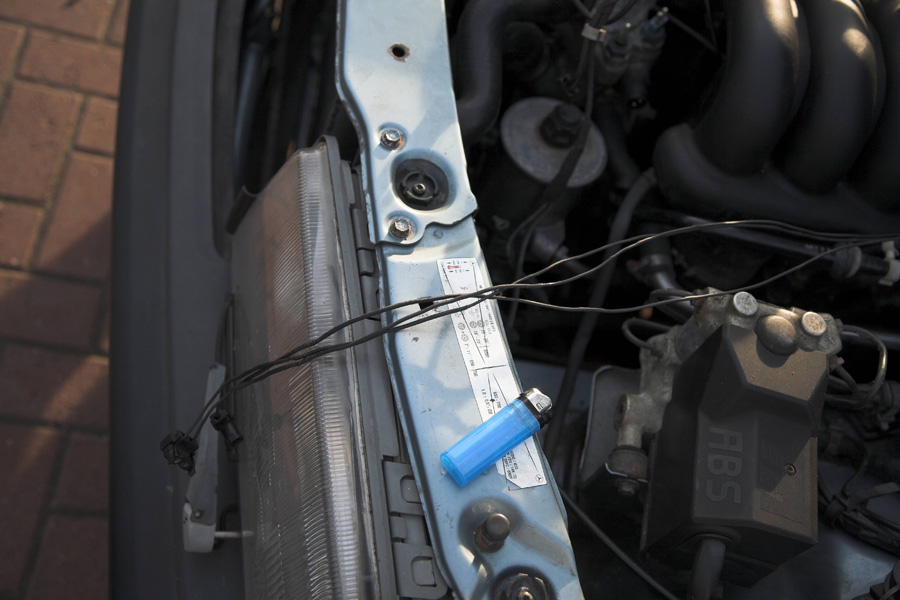I may be getting somewhere

A mate of Bens - a Merc mechanic with a lot of experience on the M104 engines and associated harness issues has seen this before - and he says its
always the harness. To this day he has seen a plethora of serious symptoms (including my full on fuelling) but has never actually seen an ECU fail even when there seems no other likely explanation.
So tonight with this in mind I set about salvaging/refurbishing my existing harness

I wont take it as gospel that the ECU is Ok but I can but try.
The theory was to re-insulate every wire back to a point in the loom where there is absolutely no sign of dererioration - and then go back a fair bit from that point too! This has left me with a connection point only just inside the engine bay just before the loom enters the bulkhead.
Where the loom is bad the insulation is rock hard and craks or just disintergrates when you touch it. The point I have sleeved back to has perfrct cables with normal flexibility and NO deterioration at all. Someone else may have to go all the way back to the ECU housing with the reinsulation!
The white insulating tape is from my previous quick fix on the coilpack wiring and the individual injector looms. This is the harness in the main removed from the engine and the first individual wires unwrapped. By tomorrow all of the white tape will have been replaced using the method detailed below

At each plug location the existing wires were cut about 4-6" from the end, then a single piece of 1.5mm heat shrink placed over the wire and shrunk into place. Then more heat shrink was added to the main wire all the way back to the bulkhead. This often entailed using 3 or 4 seperate lengths as the existing insulation would either crack or fall away completely making a single length of heat shrink almost impossible to apply. If this happens is not a problem just add a piece, shrink it then add a second pice and overlap it

Now a pretty important part!
Once the wires have new insulation you need to add yet another length of bigger heat shrink (in my case 2.5mm) and run it about a foot up the loom out of the way.
Now twist the wires together and solder them, I use a gas flame for both soldering and shrinking.
Having soldered the joint, you can now slide the big piece of heat shrink you fitted earleir back down over the joint and shrink to seal it. Pic courtesy of my son who turned up just in time

The end result looks like this, - the wires are perfectly insulated and waiting to be bound with insulating tape first and then cloth loom tape

I managed most wires except for the injectors and coilpacks in just 3 hours tonight and its looking really good now. Unfortunately it was also too late to get a finished pics of this section.
Tomorrow I will hopefully finish it and test every connection for resistance with a multimeter to ensure the accuracy of my soldering.
Then I hope to see that Bens mate is right and the car will suddenly cure itself - but I also wont be holding my breath!
Mark







